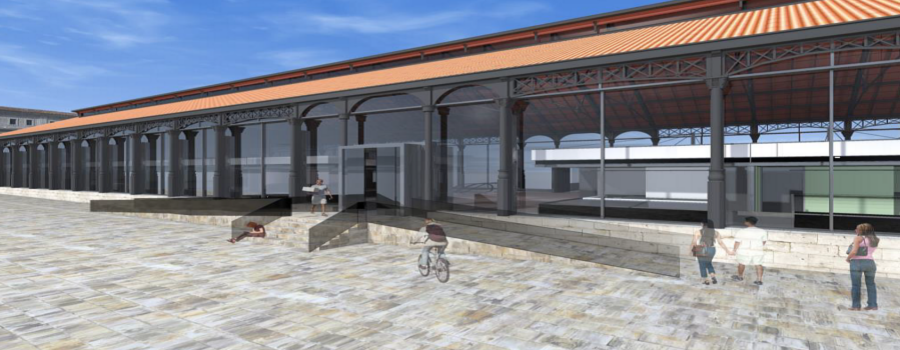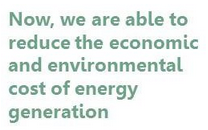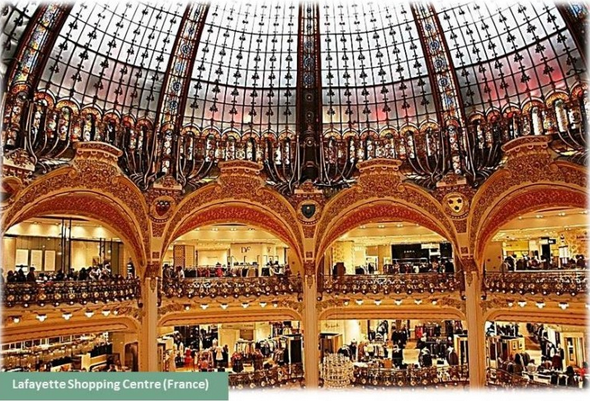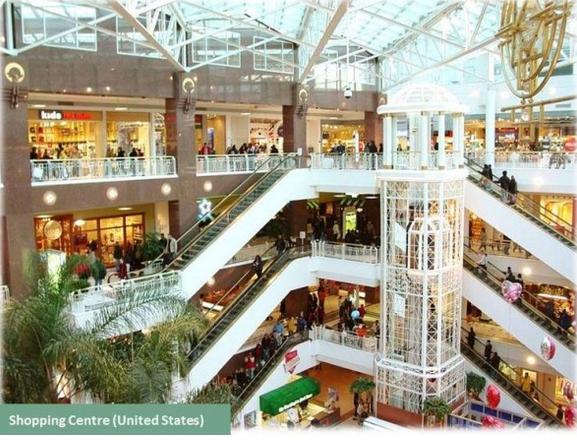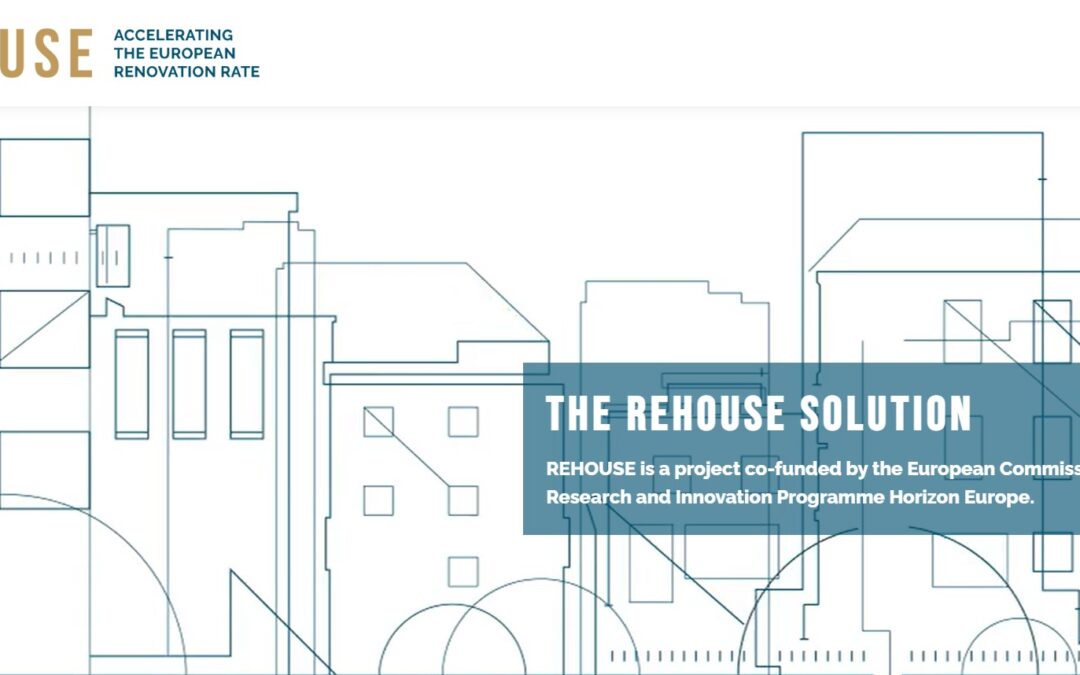
REHOUSE. Working towards accelerating the EU building renovation rate
In a world where sustainability is increasingly at the forefront of our concerns, the need for innovative solutions to transform our built environment is more pressing than ever. The current state of the EU building stock presents a significant challenge, acting as one of the largest energy consumers in Europe and responsible for over one third of the EU’s emissions.

Recognizing the urgency of the situation, the European Commission unveiled a new strategy in October 2020: “A Renovation Wave for Europe – Greening our buildings, creating jobs, improving lives.” This strategy represents a crucial step forward, aiming to incentivize investments in renovation and support the implementation of efficient methods and technologies.
Despite these efforts, the reality remains stark – over 75% of the EU building stock is not energy-efficient, and the annual renovation rate languishes at a mere 1%. The strategy emphasizes the need for deep renovations, those achieving over 60% reduction in energy consumption, as a top priority. The overarching goal? To double annual energy renovation rates over the next decade, not only to reduce emissions but also to enhance the quality of life for building occupants and create green jobs in the construction sector.
To achieve the depth and volume of renovation required, a strong and competitive construction sector is essential. Embracing innovation and sustainability is paramount to increasing quality and reducing production and installation costs. The Built4People European Partnership highlights three pillars crucial to this endeavour:
- Industrialized Technological Solutions: Embracing advanced technologies to streamline construction processes.
- Digitalization of the Construction Industry: Leveraging digital tools such as Building Information Modelling (BIM) to improve transparency and efficiency.
- Integration of Circularity Principles: Incorporating circular economy principles across the entire value chain, from materials sourcing to waste management.
In the midst of this pressing need for renovation innovation, REHOUSE emerges as a beacon of hope. Coordinated by CARTIF and under the Horizon Europe program, REHOUSE is poised to lead the charge in innovation within the construction sector. With a laser focus on deep renovations and circularity principles, REHOUSE aims to develop and demonstrate eight renovation packages incorporating promising technology innovations up to TRL7 (Integrated pilot system demonstrated).
These renovation packages are meticulously designed to overcome the main barriers that impede current EU renovation ratios. Through the integration of active/passive elements, prefabrication, and off-site construction, REHOUSE seeks to deliver affordable and sustainable renovation solutions with the flexibility to address nearly 100% of building renovation challenges at the EU level.

But what truly sets REHOUSE apart is its people-centric approach. By actively engaging residents and building owners throughout the renovation process, the project ensures that solutions are not only sustainable but also affordable, satisfactory, and attractive.
REHOUSE is now at its halfway point, demonstrating remarkable progress and achievements. The project has already established the basis for the social innovation strategy, detailed the specifications of innovative solutions, and produced digital versions of the Renovation Packages. Additionally, an innovative evaluation framework and technical building diagnosis of the demo-sites have been completed. The validation of the Renovation Packages (RPs) is underway to achieve TRL6 (Prototype system verified), accompanied by the development of guidelines for their industrialization. Furthermore, the project is actively defining specifications for the Digital Building Logbook, designing and preparing the groundwork for the later construction of the demo-sites, and outlining the pathway towards market achievement after the project concludes. These efforts mark the beginning of our journey to revolutionize renovation processes, driven by innovation and collaboration.
Join us on this transformative journey as we pave the way for a brighter, greener tomorrow with REHOUSE. Together, we can reshape our built environment, create sustainable spaces, and preserve our planet for generations to come.

This project has received funding from the European Union´s Horizon Europe research and innovation programme under grant agreement No 101079951.
